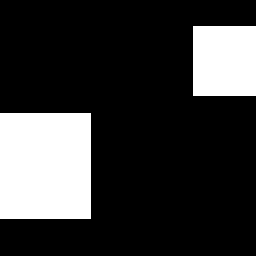An Intelligent and Efficient Workflow for Path-Oriented 3D Bioprinting of Tubular Scaffolds
- verfasst von
- Timo Baroth, Sebastian Loewner, Henrik Heymann, Fabian Cholewa, Holger Blume, Cornelia Blume
- Abstract
Modern 3D printing is a valuable tool for tissue engineering (TE), and the fabrication of complex geometries such as tubular scaffolds with adaptable structure, for example, as replacements for intestines, bronchi, esophagus, or vessels, could contribute to standardized procedures in the future of regenerative medicine. However, high-precision bioprinting of scaffolds for tubular TE applications remain a major challenge and is an arduous endeavor with currently available three-axis bioprinters, which are limited to planar, layer-by-layer printing processes. In this work, a novel, straightforward workflow for creating toolpaths and command sets for tubular scaffolds is presented. By combining a custom software application with commercial 3D design software, a comparatively large degree of design freedom was achieved while ensuring ease of use and extensibility for future research needs. As a hardware platform, two commercial 3D bioprinters were retrofitted with a rotary axis to accommodate cylindrical mandrels as print beds, overcoming the limitations of planar print beds. The printing process using the new method was evaluated in terms of the mechanical, actuation, and synchronization characteristics of the linear and rotating axes, as well as the stability of the printing process. In this context, it became clear that extrusion-based printing processes are very sensitive to positioning errors when used with small nozzles. Despite these technical difficulties, the new process can produce single-layer, multilayer, and multimaterial structures with a wide range of pore geometries. In addition, extrusion-based printing processes can be combined with melt electrowriting to produce durable scaffolds with features in the micrometer to millimeter range. Overall, the suitability of this setup for a wide range of TE applications has thus been demonstrated.
- Organisationseinheit(en)
-
Fachgebiet Architekturen und Systeme
Institut für Technische Chemie
Forschungszentrum L3S
Laboratorium für Nano- und Quantenengineering
- Typ
- Artikel
- Journal
- 3D Printing and Additive Manufacturing
- Band
- 11
- Seiten
- 323-332
- Anzahl der Seiten
- 10
- ISSN
- 2329-7662
- Publikationsdatum
- 15.02.2024
- Publikationsstatus
- Veröffentlicht
- Peer-reviewed
- Ja
- ASJC Scopus Sachgebiete
- Wirtschaftsingenieurwesen und Fertigungstechnik, Werkstoffwissenschaften (sonstige)
- Elektronische Version(en)
-
https://doi.org/10.1089/3dp.2022.0201 (Zugang:
Geschlossen)


